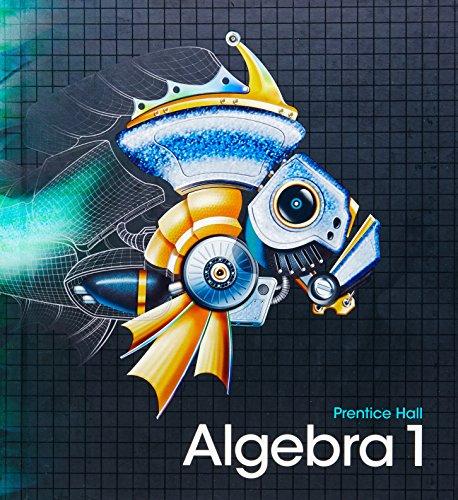Question
One of the most fiercely debated topics in sports is the hot hand theory. The hot hand theory says that success breeds success. In other
One of the most fiercely debated topics in sports is the hot hand theory. The hot hand theory says that success breeds success. In other words, rather than each shot a basketball player takes or each at-bat a baseball player has being an independent event, the outcome of one event affects the next event. That is, a player can get hot and make a lot of shots in a row or get a lot of hits in a row. The hot hand theory, however, has been shown to be false in numerous academic studies.
Read thisarticle (attached), which discusses the hot hand theory as it relates to a professional basketball player. State whether you agree or disagree with the hot hand theory, and give reasons for your opinion. Be sure to use some of the terms you've learned in this unit, such asindependent event, dependent event, and conditional probability, in your answer.
'Hot Hands' Phenomenon: A Myth?
The gulf between science and sports may never loom wider than in the case of the hot hands.
Those who play, coach or otherwise follow basketball believe almost universally that a player who has successfully made his last shot or last few shots - a player with hot hands - is more likely to make his next shot. An exhaustive statistical analysis led by a Stanford University psychologist, examining thousands of shots in actual games, found otherwise: the probability of a successful shot depends not at all on the shots that come before.
To the psychologist, Amos Tversky, the discrepancy between reality and belief highlights the extraordinary differences between events that are random and events that people perceive as random. When events come in clusters and streaks, people look for explanations; they refuse to believe they are random, even though clusters and streaks do occur in random data.
''Very often the search for explanation in human affairs is a rejection of randomness,'' Dr. Tversky said.
To understand attitudes about streakiness in basketball, Dr. Tversky and his researchers interviewed many ''real mavens'' of the sport, as well as players and basketball statisticians. The more intimately their subjects knew the game, the more firmly they believed in hot hands.
To test the theory, the researchers got the records of every shot taken from the field by the Philadelphia 76ers over a full season and a half. When they looked at every sequence of two shots by the same player - hit-hit, hit-miss, miss-hit or miss-miss - they found that a hit followed by a miss was actually a tiny bit likelier than a hit followed by a hit.
They also looked at sequences of more than two shots. Again, the number of long streaks was no greater than would have been expected in a random set of data, with every event independent of its predecessor.
Do their results contradict the universal belief that players have good days and bad days? Can they be reconciled with the subjective feeling, experienced by everyone who has played any sport that one's ability can soar or plunge depending on the occasion? Is it possible that hot shooters hurt their percentages by attempting harder shots - and, alternatively, take fewer risks when they are shooting poorly?
In a way, such questions are beside the point, Dr. Tversky believes.
''Could there be, kind of inside their bodies, a hot hands tendency that isn't reflected in the data?'' he asked. ''That may well be an epiphenomenon: you feel hot because you're scoring, it's not that you're scoring because you're hot.''
It doesn't matter. And no one is claiming that basketball, or any one basketball shot, is somehow a random process. The point is that an observer who bets on any one shot, based on the shooter's last few shots, will do no better than an observer making random guesses.
Indeed, in separate research with men's and women's basketball teams at Cornell University, players took shots from a fixed distance. Both the shooter and an observer were allowed either to bet a nickel on the next shot or to raise the bet to a dime. Both players and observers tended to raise their bets after successful shots, hoping to take advantage of their sense of when a shooter was hot. But there proved to be no correlation between the dime bets and the shots that followed.
Still, facts are facts and belief is belief. Dr. Tversky finds that no quantity of data is enough to change mavens' minds about streaks in random-seeming sequences - a phenomenon that may apply to gambling psychology and stock-market analysis as well. ''It may be that the only way you can learn about randomness is to toss coins on the side while you play,'' he said.
Step by Step Solution
There are 3 Steps involved in it
Step: 1

Get Instant Access to Expert-Tailored Solutions
See step-by-step solutions with expert insights and AI powered tools for academic success
Step: 2

Step: 3

Ace Your Homework with AI
Get the answers you need in no time with our AI-driven, step-by-step assistance
Get Started


